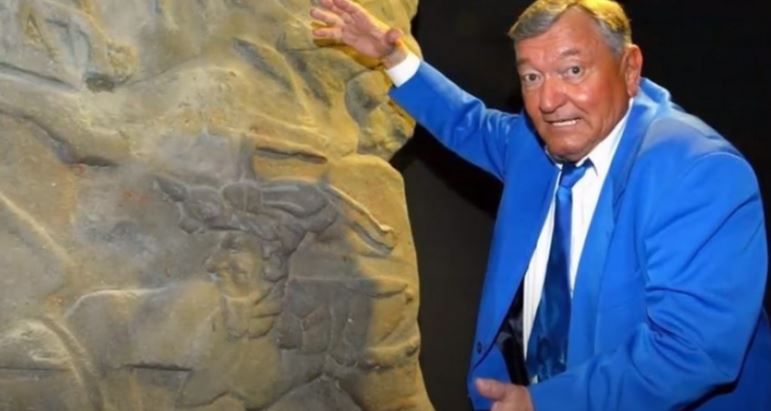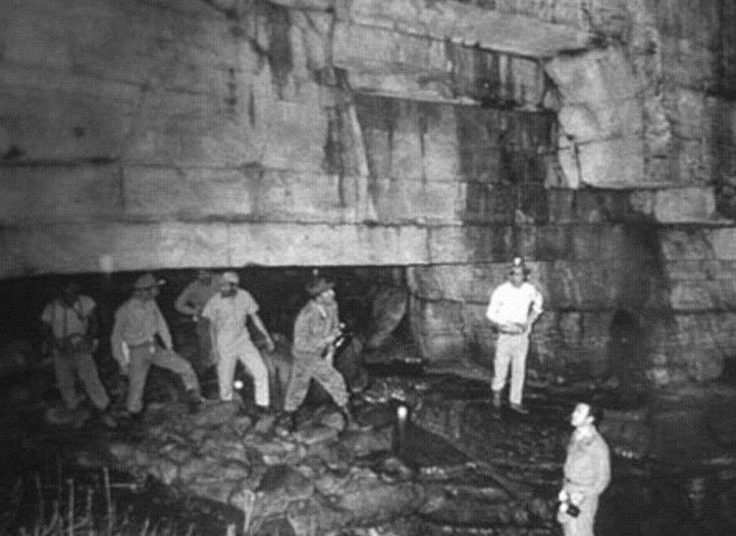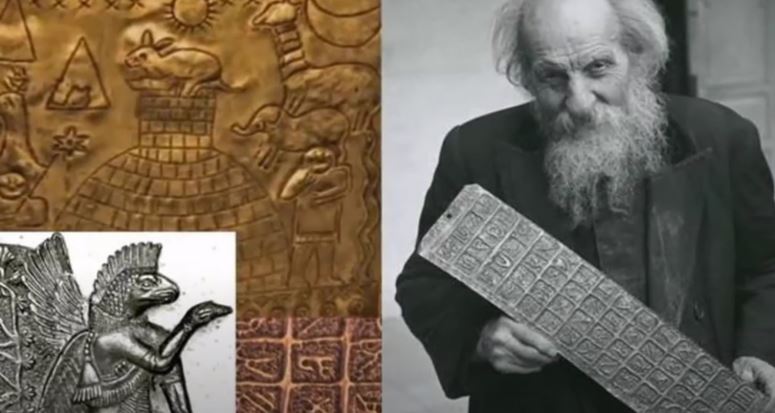Erich Anton is a German author. In 1973, Paul von Daniken published a book that might alter the path of history. As a consequence of this work, Erich is recognized as the first proponent of the ancient astronaut idea. He was alone responsible for bringing the ancient extraterrestrial notion to the attention of the general public.
“Gold of the Gods,” his book, included extensive research on a long-lost and extremely ancient city buried under most of Ecuador.
His chats with Janos Juan Moricz, a figure who had extensively investigated the abandoned old subterranean tube networks, would be described in the book. Cueva de Los Tayos, often known as the Tayos cave, is the portal to this lost world.

During his investigation, Janos claimed to have uncovered a hidden tunnel that led to chambers brimming with rare stones and currencies, as well as a golden casket kept inside an entire, ancient metallic library with volumes made of an unusual alloy.
The golden treasures, as well as the casket and metallic library stored inside the constructed tunnels, were put there by a vanished civilization with the help of alien creatures, according to Janos’ inquiry. Is it conceivable that Janos Juan Moricz stumbled onto an ancient extraterrestrial tomb? A tomb that had remained untouched for tens of thousands of years?
Von Daniken’s claims were not only taken seriously, but they also resulted in the most costly cave exploration ever done. Stan Hall of the United Kingdom set out in pursuit of the golden items and, allegedly, an extraterrestrial body in 1976.

The trip included almost a hundred persons, including specialists from many professions, British and Ecuadorian military officials, a film crew, and even Neil Armstrong, the first man to walk on the moon.
Eight experienced British cavers were also part of the crew, who thoroughly probed the riskiest of the ancient tube networks, completing a detailed survey of the complex and providing a precise map of the buried city.
Unfortunately, no proof of Von Daniken’s more bizarre claims has been found or preserved…
It’s always conceivable that well-financed tomb thieves were the first to arrive.
Stan Hall’s team took almost a year to put together. This year has witnessed a spike in public attention to charges that can only be described as very serious. Furthermore, further proof of the artifact’s existence has been miraculously recorded in the past from the same cave systems.

Some of these fabled items had not only been found but also acquired and accumulated by a man known as Father Crespi. Father Crespi is revered by some as a saint. He was born in 1891 and died in 1982 in Milan, Italy. He was a Salesian monk dedicated to prayer and almsgiving throughout his life. He lived in Ecuador’s little town of Cuenca for more than 50 years.
He didn’t have much money, but he made the most of it by assisting the less fortunate. He was a ravenous collector of what are now referred to as “impossible” items. Anyone in need of money was encouraged to bring him anything they could find in the woods, and he would reward them for their efforts.
He reimbursed them for their efforts, despite the fact that some of them are blatant forgeries. Some, on the other hand, came to him from the cave systems themselves, corroborating Erich von Daniken’s reports.
These unique things not only added to the tale, but they were also often made of pure gold, exhibited language, and vividly depicted the culture of a previously unknown yet highly advanced ancient civilization.
The collection also includes many metallic volumes carved with a gorgeous, unknown language. After his death, strange persons plundered father Cespis’ collection. The objects of interest were all either obvious forgeries or stolen.

When the main researcher returned from their unsuccessful trip, he met with Janos Moricz’s indigenous source, who informed him that they had conducted their investigation in the incorrect cave.
Was there any remuneration for the source’s silence? The fact that the team’s efforts were not entirely in vain is fascinating.
The cave systems they studied had traits that matched Von Daniken’s assertions. Aspects of zoology, botany, and archaeology were also uncovered. Unless they were visited by a group of people capable of traveling the seas long before Columbus, these objects seem unexplainable in connection to their geographical position.
What are your opinions on Tayos Cave’s legendary golden burial chamber? Was everything a ruse? Is it possible that someone arrived first?




